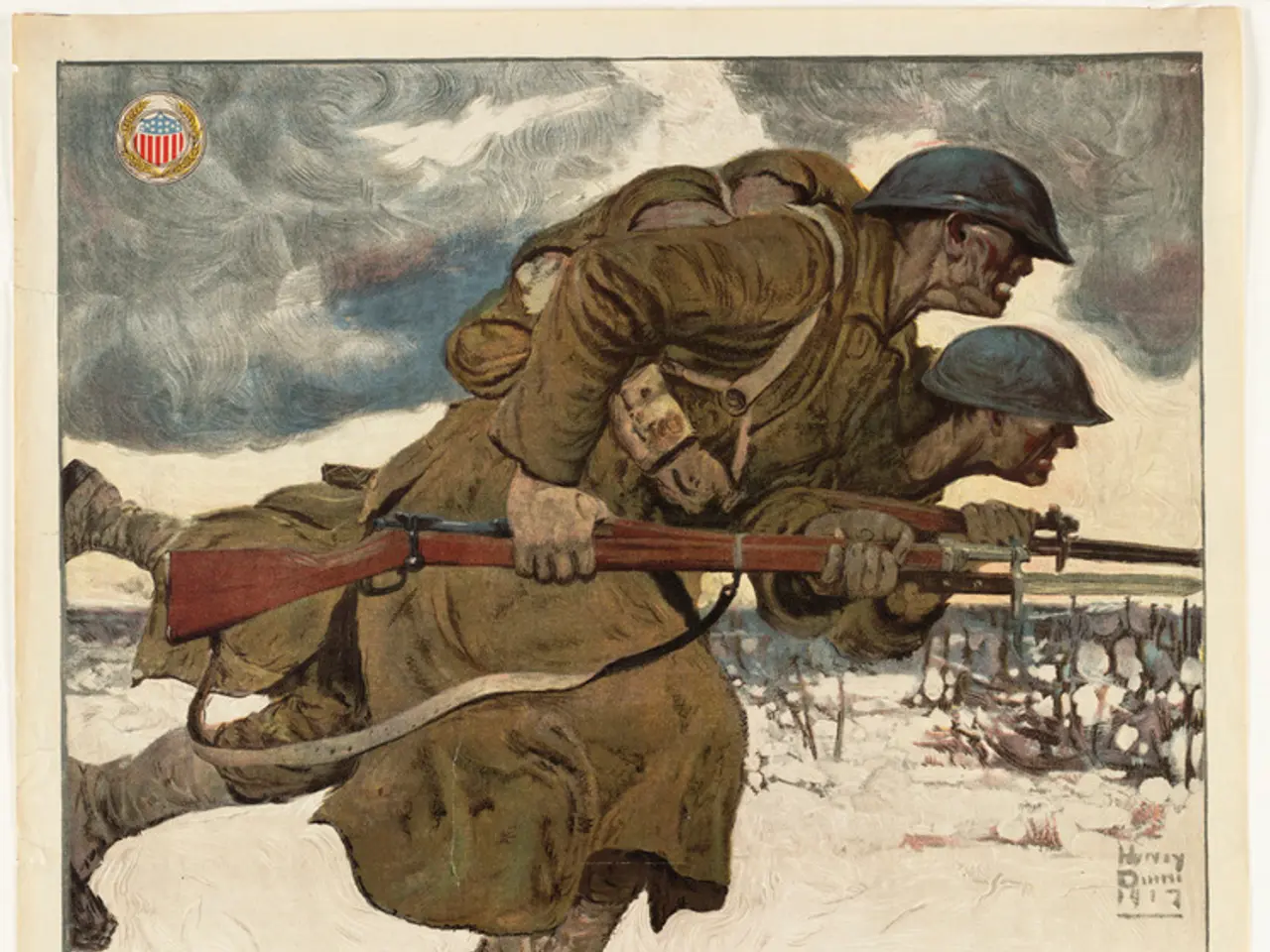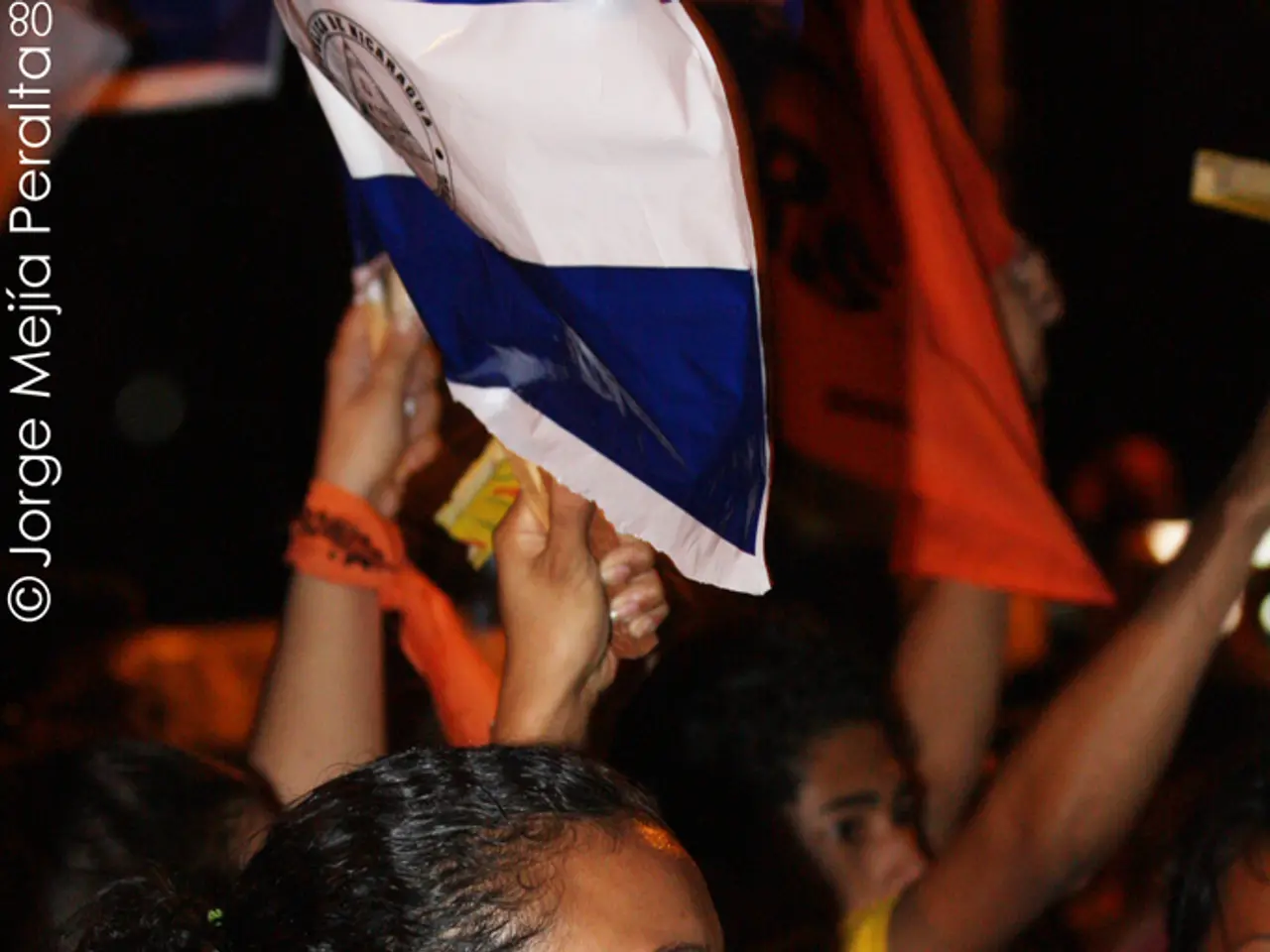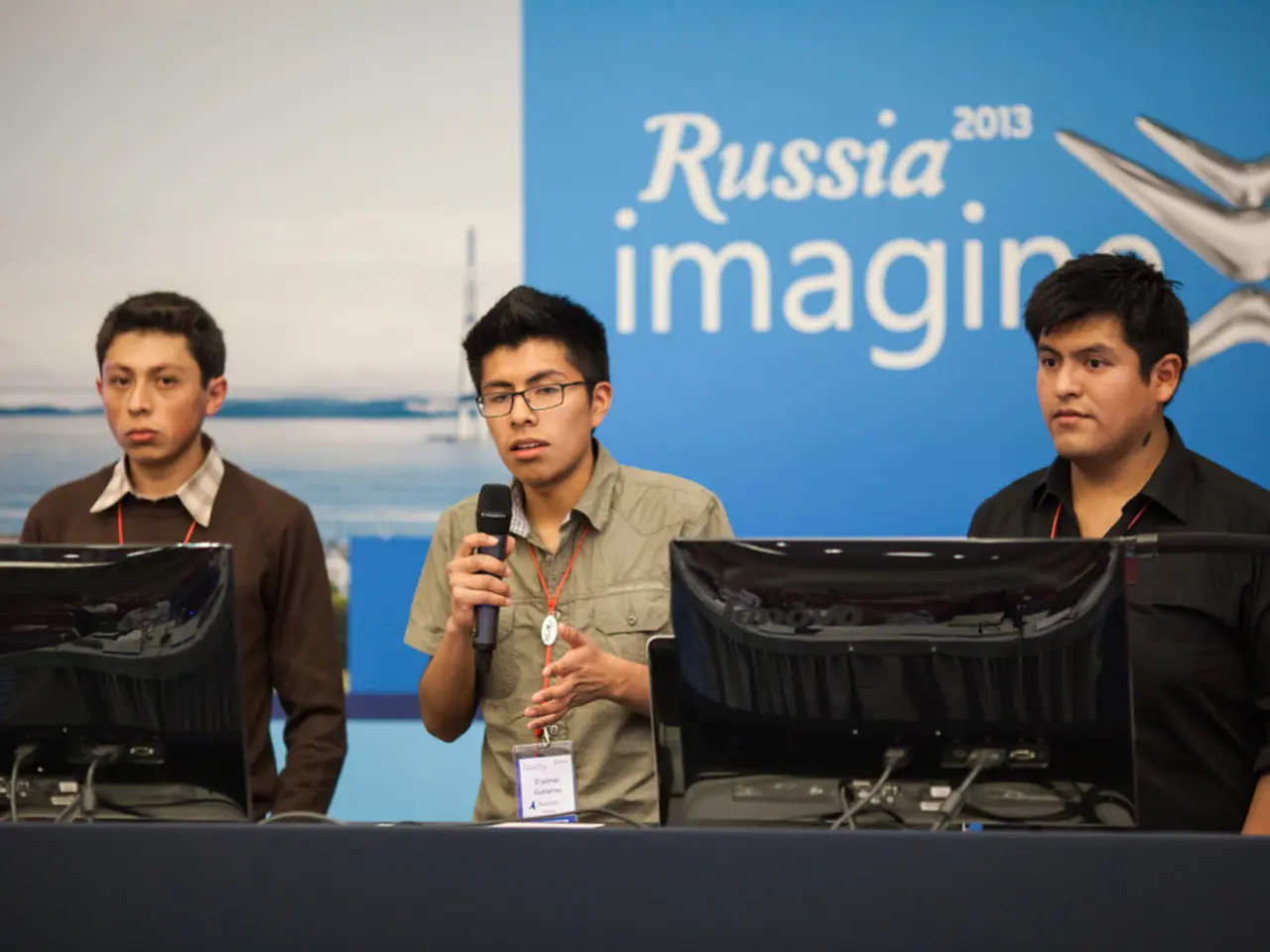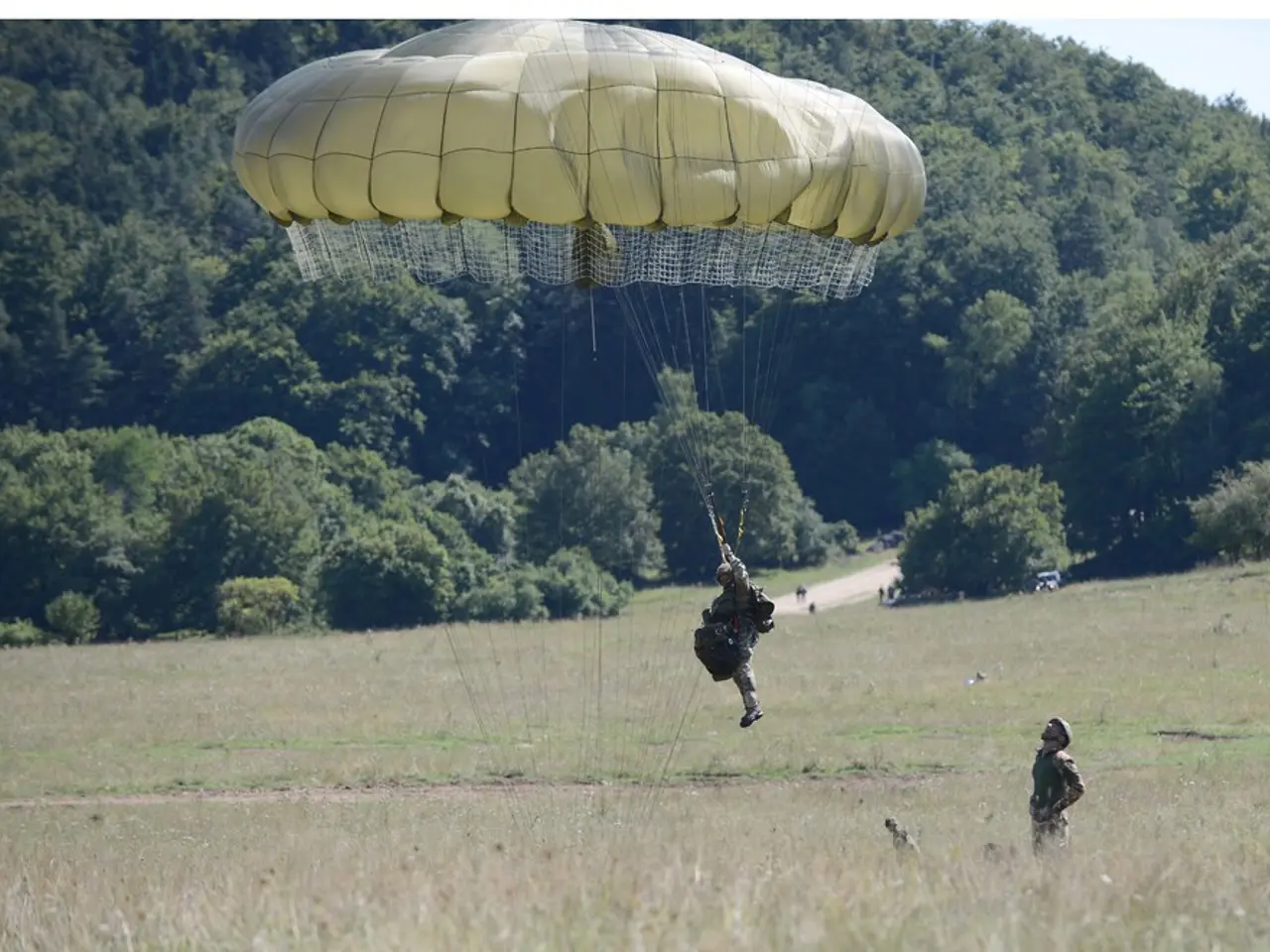NATO Discloses Unclassified Information: Details Revealed
NATO Unclassified information, intended for use within the NATO organization, is subject to strict safeguarding and dissemination rules, as outlined by the NATO C-M(2002)60 and the United States Security Authority for NATO, Instruction 1-07. These guidelines ensure that such information is properly protected and shared only with authorized personnel and entities.
One of the essential principles is marking. NATO Unclassified information must be clearly marked as such to differentiate it from classified information and to ensure that it is handled correctly. Access to this information is granted strictly on a need-to-know basis, with considerations for the parties' eligibility to receive NATO information.
Transmission of NATO Unclassified information can occur via appropriate secure or non-secure means, but it should avoid unnecessary exposure, such as public release or transmission over insecure networks without protection. When not in use, NATO Unclassified material should be stored securely to prevent unauthorized access or loss.
Dissemination outside NATO or to unauthorized entities requires approval and adherence to additional controls, including non-disclosure agreements or specific dissemination caveats stated in the governing directives. Any unauthorized disclosure or loss of NATO Unclassified information must be reported promptly through established NATO security channels.
Use of electronic media for storing or transmitting NATO Unclassified information must comply with NATO security standards, including encryption or authentication as required.
The NATO C-M(2002)60, a Specified Safeguarding and/or Dissemination Authority, may include supporting NATO Security Directives. The markings under the NATO C-M(2002)60 may affect the administrative or dissemination of the information, and the information should be marked in accordance with the United States Security Authority for NATO, Instruction 1-07.
The U.S. Security Authority for NATO Instruction 1-07 complements NATO Directive C-M(2002)60 by detailing U.S.-specific implementation instructions for safeguarding NATO information in U.S. commands and agencies participating in NATO operations or missions.
For precise regulatory language, detailed procedural steps, and any updates, consultation of the official U.S. Security Authority for NATO Instruction 1-07 document and NATO C-M(2002)60 directive, available through NATO or authorized U.S. military security offices, is necessary. These documents are not publicly disseminated widely due to their sensitive nature.
It is important to note that the use of this information outside of official NATO purposes is not permitted. The NATO C-M(2002)60 is subject to the United States Security Authority for NATO, Instruction 1-07, and the markings may affect the administrative or dissemination of the information.
In conclusion, the safeguarding and dissemination of NATO Unclassified information is critical to maintaining operational security while allowing necessary information flow within and among NATO members and partners. Adherence to these guidelines is essential for the protection of sensitive information and the preservation of NATO's security and effectiveness.
Within the context of NATO, policy-and-legislation, such as the NATO C-M(2002)60 and the United States Security Authority for NATO, Instruction 1-07, play a vital role in ensuring the proper handling, protection, and dissemination of unclassified information. Politicians, media, and the general public should be aware that this information is sensitive and subject to strict controls, including marking, access restrictions, and secure storage. Unauthorized disclosure or loss can lead to serious consequences and should be reported promptly.







